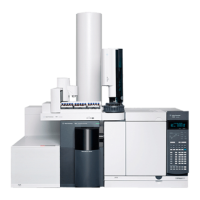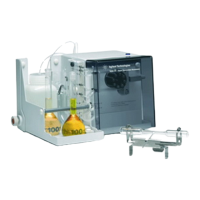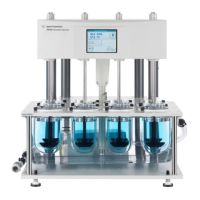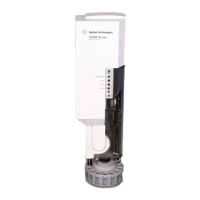166 Agilent 7100 Capillary Electrophoresis System User Manual
6 Troubleshooting and Diagnostics
CE Problem Solving
Broken Capillary
To check for a broken capillary, remove the capillary cassette and open it as
described under “Removing the Capillary Cassette from the Agilent CE
Instrument” on page 121. The capillary is especially sensitive to breaking at
the detection window and the capillary ends, therefore check these parts of
the capillary. If the capillary is broken at the detection window, a leakage
current of nearly the same value as the expected current may occur.
Small instabilities in the current curves, as shown in Figure 51, may also be a
sign of a broken capillary.
Figure 51 Current instabilities
If the capillary is broken at the ends, it may no longer reach into the liquid in
the vial. In that case, the analysis is stopped if the low current alarm limit has
been reached (this must be set first). Sometimes the capillary has very small
cracks which are hardly recognizable under a microscope.
• Exchange the broken capillary
Contaminated Insulation Plate
Salt crystals or other contamination of the insulation plate may cause leakage
current.
• Clean the insulation plate as described in “Cleaning the Insulation Plate” on
page 207.
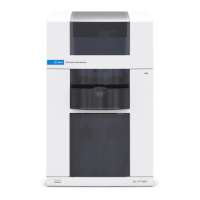
